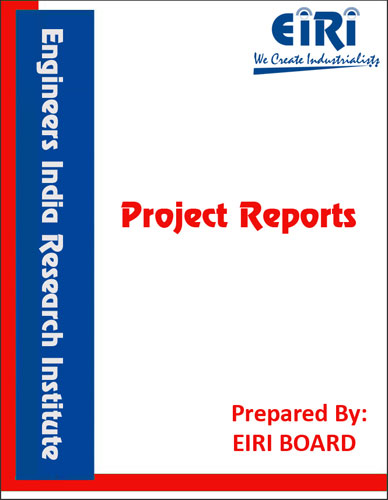PAPER SHOPPING BAGS
The project report includes Present Market Position and Expected Future Demand, Market Size, Statistics, Trends, SWOT Analysis and Forecasts. Report provides a comprehensive analysis from industry covering detailed reporting and evaluates the position of the industry by providing insights to the SWOT analysis of the industry.
We can prepare PROJECT REPORT as per your INVESTMENT PLAN for BANK LOAN REQUIREMENT and INDUSTRY ANALYSIS. All reports are prepared by highly qualified consultants and verified by a panel of experts.
Have Query? Click Here to Chat
Industry Expert is Online, Chat with him for more detail.

Paper bags are the oldest types of packaging material and are very much prevelant in the modern days in various fields. Infact, paper bag is one of the most common and popular form of packaging. The hand made bags of paper have been a commodity of common use. However, for the manufacture of bags, the introduction of machines is of recent origin about the middle of 19th century. Since then the manufacture of paper bags has become an important industry in itself, paper bag is the cheapest form of packaging. Such paper bags have the speciality that they are light weight, free from any contaminants like dust, and are, as well, free from shifting or ‘puffing’ which results in loss of contents. As for the share occupying these paper bags for general use require minimum possible space for storage and shipment, both before and after filling. However, one disadvantage of the paper bags is that they are not durable. Though the strength of the paper bags can be increased by lamination of the base paper with jute, scrim or other reinforcing materials, this however, increases the cost of the bag by making it more expensive.
Paper bags are made from a variety of papers both bleached and imbleached. However for making of the paper bags for general use, kraft paper and initation kraft paper are the most common papers used. Papers most commonly used for commercial and office invelopes include manilla, brown wrapping paper or white papers. The type of paper used for bags depends upon the requirements of the product to be packed. Kraft paper used for bag making is usually of 20 to 40 lbs basis weight.
INTRODUCTION
TYPES OF PAPER BAGS
SIZE OF PAPER BAGS
SIZES OF PAPER BAGS (USED IN THE PROJECT) (FINISHED)
USES AND APPLICATIONS
B.I.S. SPECIFICATION
PROPERTIES OF PAPER
MARKET POTENTIAL
PRESENT MANUFACTURERS/SUPPLIERS OF PAPER SHOPPING BAGS
PROCESS OF MANUFACTURE
ROTARY MACHINE FOR MANUFACTURING PAPER CARRY BAGS
PLANT LAY-OUT
COMPLETE PLANT AND MACHINERY SUPPLIERS
ADDRESSES OF RAW MATERIALS SUPPLIERS
APPENDIX – A :
1. COST OF PLANT ECONOMICS
2. LAND & BUILDING
3. PLANT AND MACHINERY
4. FIXED CAPITAL INVESTMENT
5. RAW MATERIAL
6. SALARY AND WAGES
7. UTILITIES AND OVERHEADS
8. TOTAL WORKING CAPITAL
9. COST OF PRODUCTION
10. PROFITABILITY ANALYSIS
11. BREAK EVEN POINT
12. RESOURCES OF FINANCE
13. INTEREST CHART
14. DEPRECIATION CHART
15. CASH FLOW STATEMENT
16. PROJECTED BALANCE SHEET



